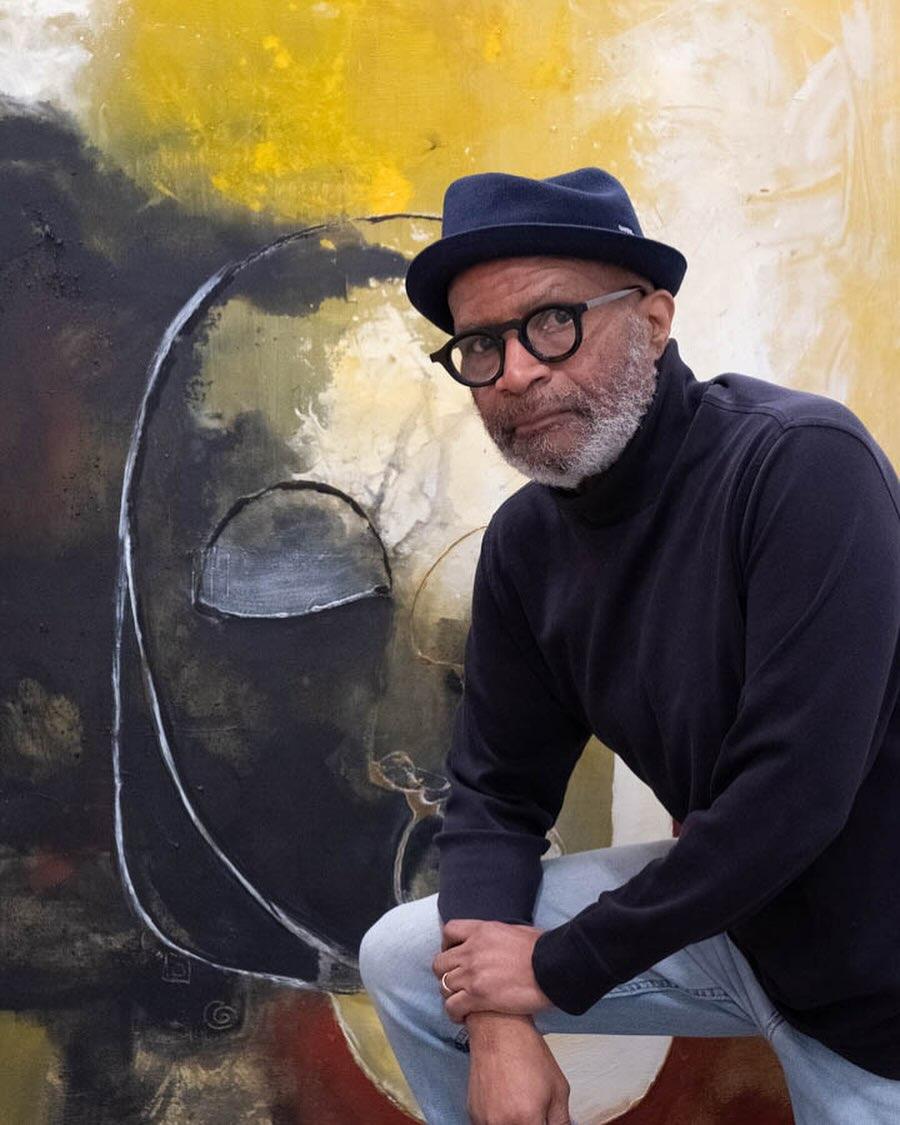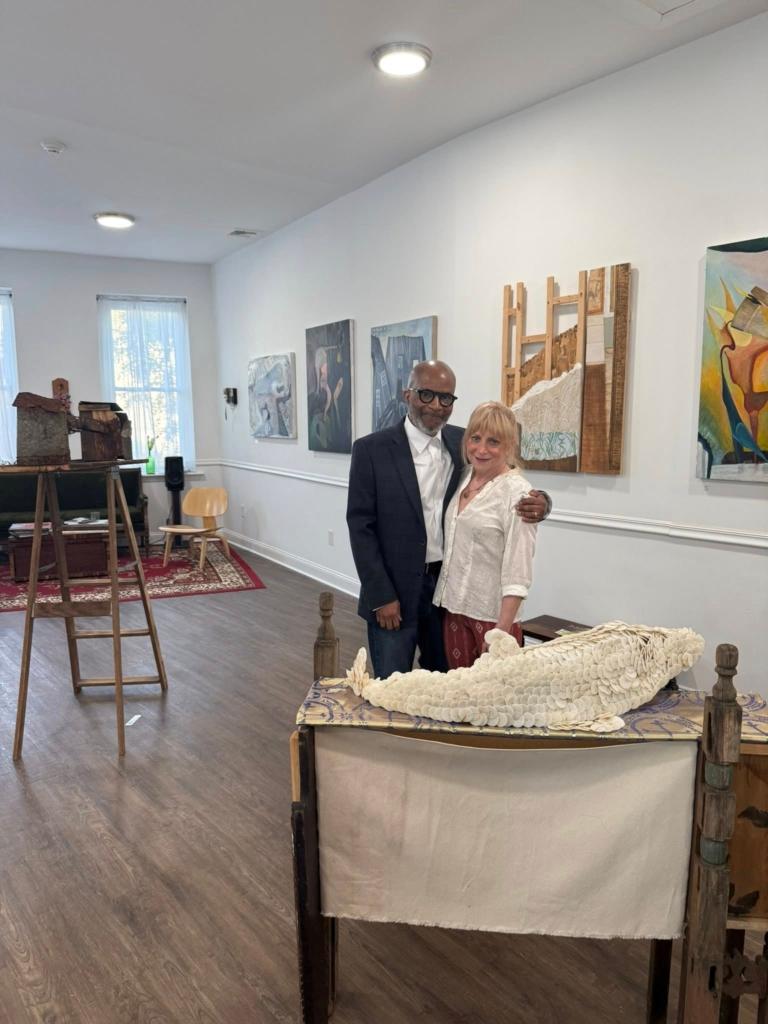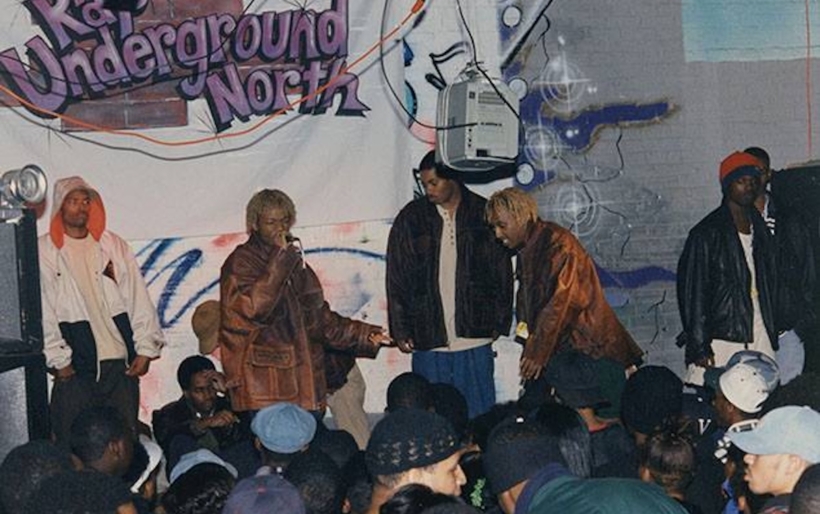
Rap Underground North | photo courtesy of Kenny White
The indelible impact of Phillys’ Rap Underground North
“If you were really an artist in Philly, you didn’t get street cred until you performed at the Rap Underground.”
From 1991 to 1994, Rap Underground North (aka The R.U.N.) was the hottest rap showcase in Philadelphia. From its beginnings in a garage in North Philly, The R.U.N. would eventually bring the city’s best rap talents to the stages of legendary local venues like Club Dances and The Trocadero. Founder Kenny White created the series with the goal of building an independent platform for the city’s young, emerging rap artists. Despite its brief but impactful lifespan, The R.U.N. and its alumni – Black Thought of The Roots, The RAM Squad, Divine Beings, Rugged’Ness & Mad Drama, Ghetto Poet, Ebony Broadcast System, 100x, and DJ Tat Money – have gone on to leave indelible marks on Philly hip hop history.
1991 was not only a pivotal year for Philadelphia hip-hop, it was a transitional moment for the city’s music scene. The independent boom of indie rap releases throughout the 80s gave way to a signing frenzy of Philly acts getting scooped up by major labels. In large part, 1991 was marked by the outsized commercial success of DJ Jazzy Jeff and The Fresh Prince’s “Summertime” and Boyz II Men’s “Motownphilly.” Both mammoth hits were released within a month of one another and would go on to dominate the charts that summer.
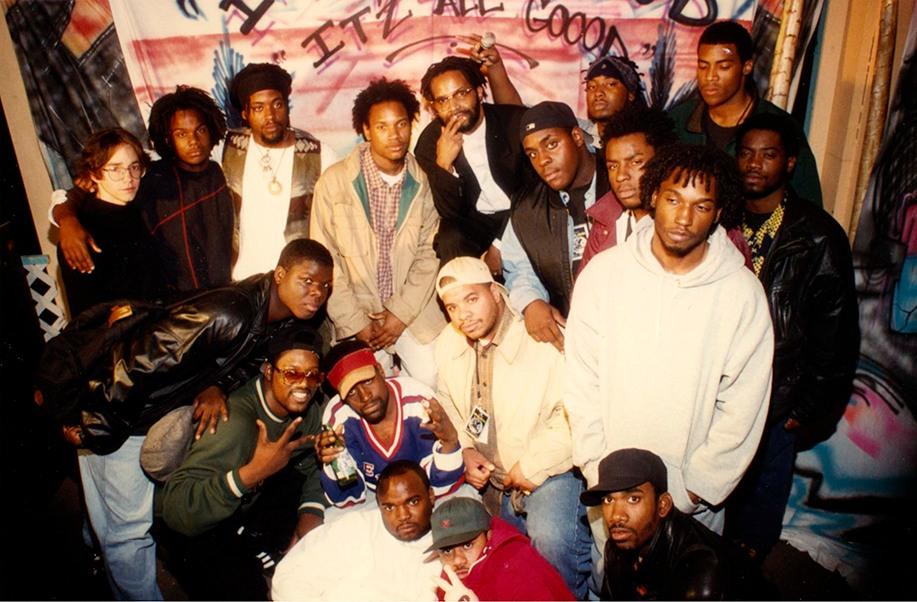
In addition to the explosive success of Boyz II Men, DJ Jazzy Jeff, and The Fresh Prince in 1991, the early 90s saw a number of smaller local acts signing major label deals. Hansoul was on Epic, Da Youngsta’s signed with East-West Atlantic, and Three Times Dope was on Arista. This wave of activity sent a clear message that Philly’s rap scene had captured the ear and attention of major label executives.
While these major label signings are notable, they in no way tell the complete story of what was happening in Philly in the early 90s. At the same time that Philly’s major label acts were swinging for a spot at the top of the charts, a wildly creative underground rap scene was gestating just below the surface. Armed with limited resources and opportunities, these artists released their music on small, independent labels and often found themselves locked in a desperate, uphill battle to get their music heard by the masses.
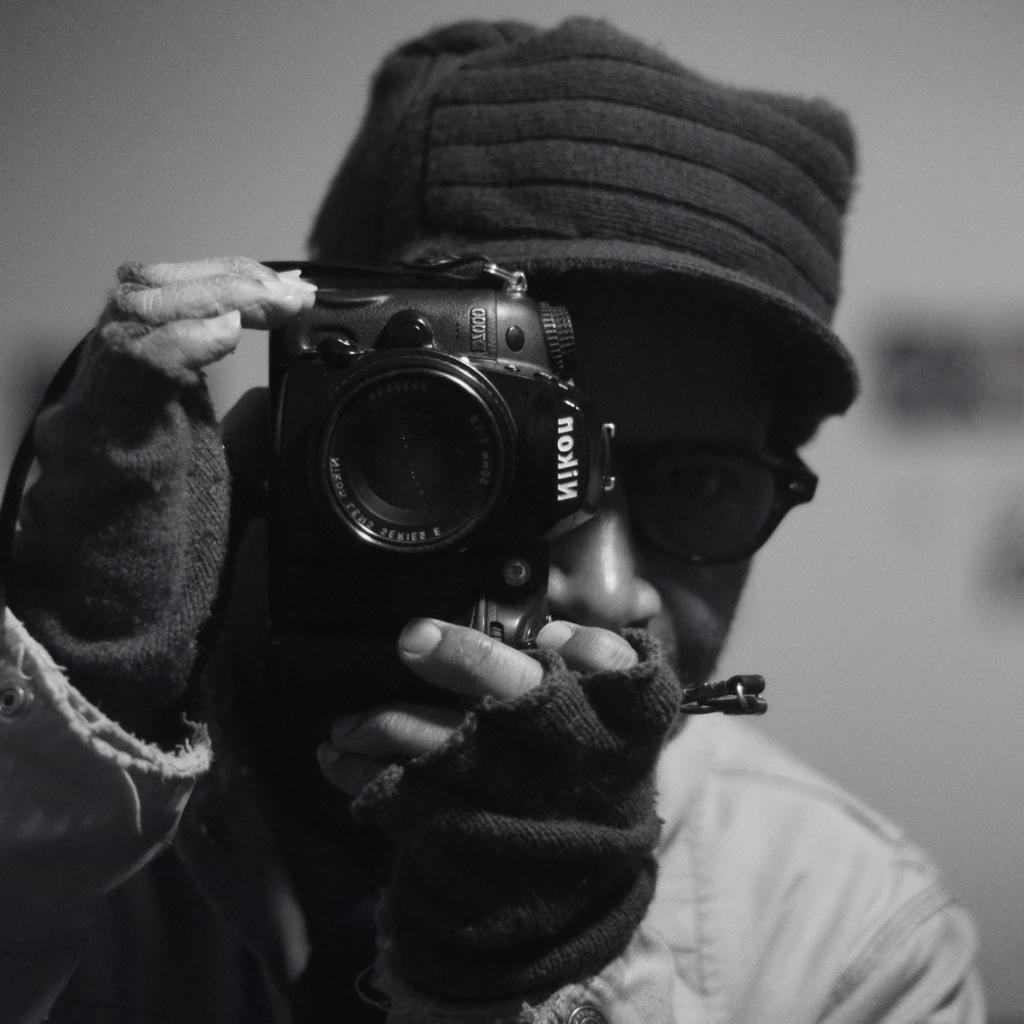
Enter Kenny White, a musician, photographer, and curator who had an idea to create a showcase for the city’s up-and-coming artists. Speaking from City Arts Salon, the contemporary art gallery he runs in Germantown, White recalls R.U.N.’s humble, do-it-yourself origins.
“I have a relative who had a garage and he had a stage in it,” White recalled. “And I just asked ‘Can I use this to put on this show?’ So, me and my then-girlfriend rented a PA system. I would bring the speakers up, put up flyers, and see what happens.”
This do-it-yourself ethic was nothing new to White. In the 70s, he was running with his childhood friends, Philly punk rock pioneers, Pure Hell, helping out on the road and lending his photography skills to the band’s mission.
This led White to rub elbows at infamous New York rock clubs like Max’s Kansas City and CBGBs with punk pioneers like Sid Vicious, Johnny Thunders of The New York Dolls, and Alan Vega of Suicide. By the early 1980s, White was performing with his band, Bad Actor.
During the band’s short time on the scene, they rocked the stages of CBGBs and The Hot Club on South Street, before a brief stint in Los Angeles that led them to open for The Circle Jerks. While revisiting his story, it becomes clear that White’s drive to get in the trenches and work alongside emerging artists is a common theme of his life throughout the decades.
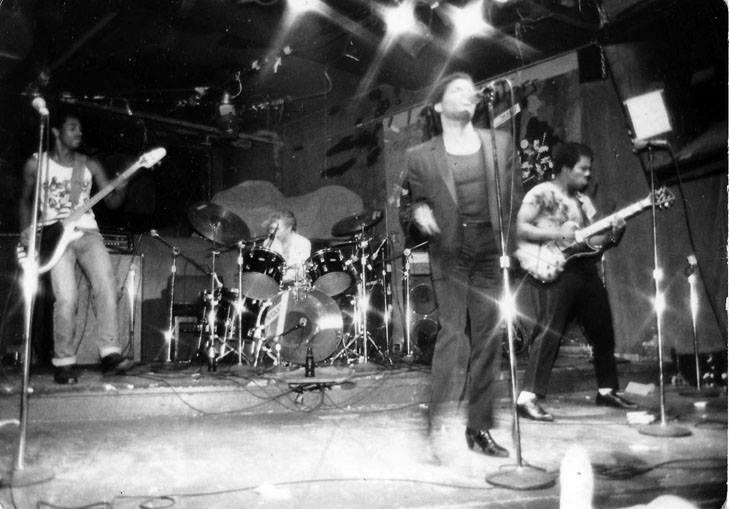
“I enjoy doing those things,” he said. “I think that’s what I’ve always done, supporting musicians in their pursuit of a career as artists. I would just help because I enjoyed it.”
On October 5th, 1991, the first edition of Rap Underground North was hosted at the garage near Broad and Pike Streets in North Philly. That first show was a modest success despite White joking that it had four acts and about four or five people in the audience. From there, word of the new showcase quickly spread throughout the city. A month later, on November 9th, 1991, the second R.U.N. showcase went down at the garage. With the second show, the number of groups on the bill multiplied, and they were able to perform in front of a packed house. At that point, it was clear that a new force had emerged in Philly’s hip-hop scene, attracting some of the city’s best young talent.
At the time, White worked closely with the legendary Philly rap crew Divine Beings, so it was natural that they were staples at The R.U.N. Even a young, pre-fame Leslie Pridgen (aka Freeway) performed at the second R.U.N. show. As word about the showcase spread throughout the city, demo tapes began flooding in from artists looking to get booked to perform at The R.U.N. The event eventually moved beyond the modest garage where it started. Throughout its three-year history, the event moved around and was hosted at several legendary Philly venues. In the winter of 1992, White and the R.U.N. crew touched down at Club Mango’s (later named Club Dances), before hosting the show at The Trocadero in Chinatown in the Spring and Summer of 1992.
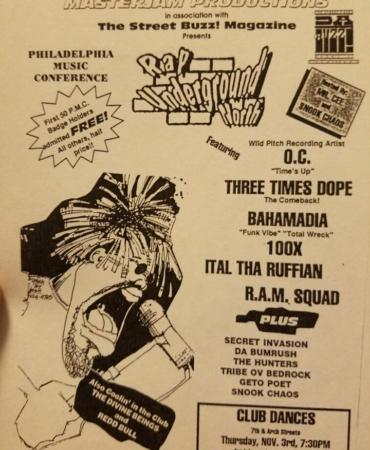
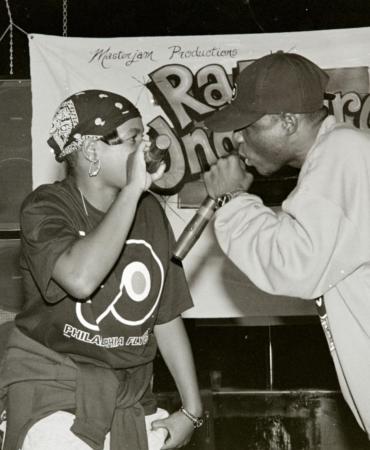
In 1993, R.U.N. events were hosted at the Urban Education Center near 46th, Club Nikki’s on South Street, and Club Exposures at 6th and Diamond. In November 1994, The R.U.N. served as the official rap showcase for the second annual Philadelphia Music Conference at Club Dances. The lineup that night was stacked, as Bahamadia, Divine Beings, 100X, Sha-Dacious, Poetic Deity, and others took the stage. With Philly rapper Snook Chaos holding it down as host, The R.U.N.’s reputation as the go-to spot for the city’s emerging rap talent was solidified. In a 2001 retrospective documentary that Kenny White produced about The R.U.N., author Tab Edwards speaks to the importance of the showcase back in the ‘90s:
“The main venue for hip hop performances in Philly was the Rap Underground North, I don’t care if major labels or major shows came through town. That was all good, but if you were really an artist in Philly, you didn’t get street cred until you performed at the Rap Underground.”
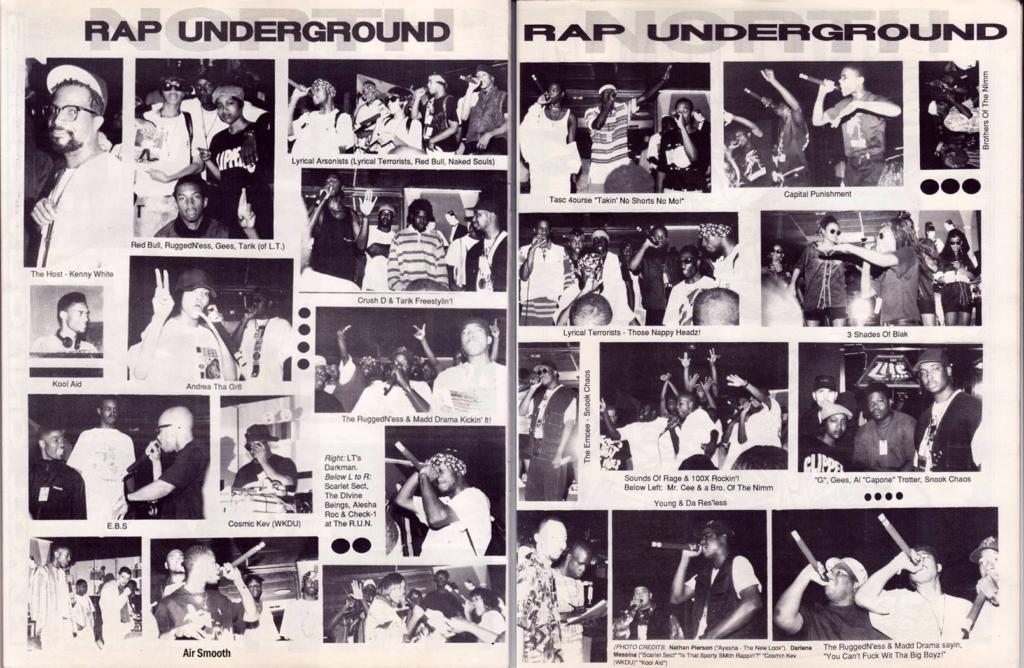
While The R.U.N. provided a space for young artists to perform, hone their chops, and build a community, the scene still needed press and exposure. Tab Edwards’ Da Street Buzz (aka The Street Buzz) publication started as a small, two-page handbill-sized zine, before evolving into a full-fledged magazine. During its run, Da Buzz highlighted R.U.N. mainstays like Tasc 4force, RuggedN’ess & Madd Drama, The RAM Squad and Lyrical Terrorists. In the R.U.N. documentary, Edwards speaks to the symbiotic relationship between R.U.N. and Da Buzz:
“Every Rap Underground performance was covered in Da Street Buzz, so the two went hand in hand.”
Despite the fledgling ecosystem that was developing around the scene at the time, The R.U.N. only lasted a short three years. In a 2005 interview with The Street Buzz, Tab Edwards asked Kenny White why he ultimately decided to end The R.U.N. Citing his own personal annoyance with some of the artists’ lack of drive and unwillingness to do the legwork necessary to ensure the success of each show, White said, “Without proper self-promotion, when they stepped on stage, there was no audience to support them, and that ultimately became frustration.”
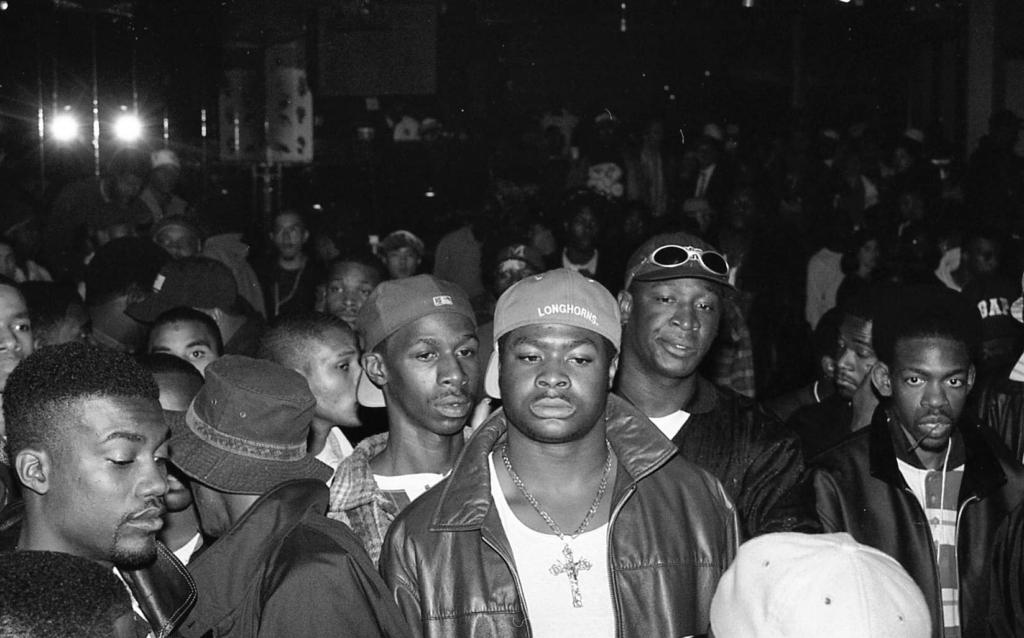
While there have been occasional talks of a reunion, The R.U.N.’s legacy is already secure. With the event serving as a crucial incubator for Philly’s underground artists, Rap Underground North should be considered part of a key chapter in Philly hip-hop’s story. Today, White reflects fondly on the showcase’s history. Surrounded by striking, abstract sculptures by Mia Fabrizio and biomorphic oil paintings by Robert Zurer, White maintains that the independent spirit of Rap Underground North lives on in the work that he is currently doing at City Arts Salon.
“If I could do it all over again, I would do it,” he says. “Hopefully with the knowledge that whatever you want to do, you can make it happen. I see it happen all the time, and I want it to happen on my terms. To me, this [City Arts Salon] is still Rap Underground North. It’s still the same thing.”
